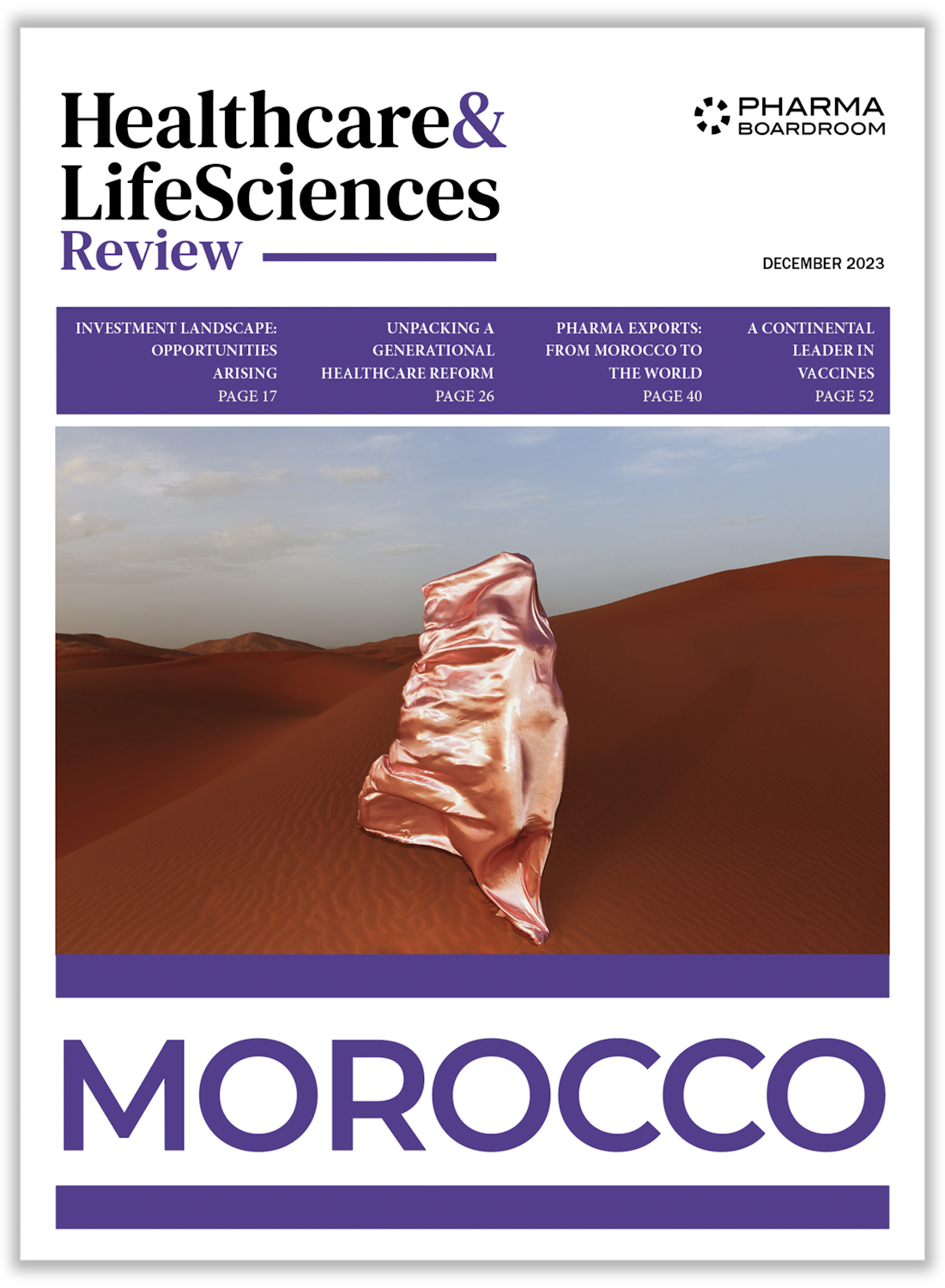The managing director at Adcock Ingram Critical Care reveals the company's unique business model.
As a long-established division within Adcock Ingram, Critical Care operates with relative independence. What is the relationship between Critical Care and the group?
We had historical group strategy focused on a centralized business model, with one of the objectives being more efficiency in the diverse operations. With recent corporate changes and the appointment of a new chairman of the board, Brian Joffe, came a change in strategy: reversing the centralised approach and forming independent divisions within the group, Critical Care being one of them. At that time I was appointed managing director of Critical Care, and we are now nine months down the line in terms of this decentralized approach.
Are you seeing signs that this new business strategy is starting to pay off?
From a business that was significantly challenged, in both operations and financially, we are now proud of a distinct turn-around. The approach proves that the change in focus from a centralized to a decentralized model has worked. By building separate teams focused on our multiple therapeutic areas at Critical Care, as well as working on improving the business culture, instilling disciplines and ensuring people are happy in their jobs, we have seen great results. This turnaround has been a great success story for the Adcock Ingram Group. What we achieved in the last 12 months, in financial and operational terms, reflects multiples of historical performances as well as surpassing all expectations.
Adcock Ingram’s Critical Care has multiple operating areas including: medicine delivery, transfusion therapies, renal, hematology, infusion systems and specialised pharmaceuticals. What have been the main growth drivers for the division?
All of our areas have been successful. My ambition has been to increase the focus from the broad operating areas to a more definitive and focused sub-set. An example is medication delivery where we have three portfolios. One is large volume perennials, the common IV bag where you infuse fluid into the body: then we have a SVP portfolio, small volume injectable ampoules; and finally infusion therapies, pumps and consumables that infuse drugs at a calibrated rate. These areas all have their own dynamics and all have been equally successful. We appoint people to head up each business, each with a specific focus, having been resourced with their own sales team. When you put people in charge of a business, give them responsibility, resources and encouragement, you can achieve great success.
Adcock Ingram Critical Care is the largest supplier of critical care products to the public sector. What are the key factors to working with this sector?
We work very closely with government, and are very supportive of their ambitions. There is a huge burden of disease in South Africa, and it is my view that industry has an obligation to assist in tackling it. I believe that both government and industry objectives can be met through aligned and ongoing engagement. My personal experience with government has been extremely rewarding, not only regard the support and cooperation we have received, but equally the enormous gratification in delivering the lifesaving products that we produce
You have partnerships with both public and private sectors. With the private sector, you have a particular partnership with Baxter. Can you share with our 95 thousand readers: what is your partnership policy, and how can this be of interest to multinational companies looking to build a footprint in South Africa?
South African companies have limited access to technology when it comes to healthcare and pharmaceutical products. As such local businesses are rather dependent on international partnerships to support their offering and pipeline. Critical Care is fortunate to have forged a long-standing partnership with Baxter that has been of mutual benefit to both organizations. Through this partnership we have been able to build the Baxter brand within South Africa, creating access for them in the country. Through this relationship we have also been able to gain access to the Baxter technology, something we would have been unable to do on our own. There are however many more opportunities for global companies to partner with a company such as ours – the leading supplier to the hospital industry in South Africa. We bring critical mass and years of insight and access to a market where barriers to entry are high. Beyond this we are a fully integrated organisation spanning R&D, regulatory, manufacturing, distribution, sales and marketing and governance principles’ aligned to global standards.
Adcock Critical Care factory is the only integrated medical grade plastics and pharmaceutical manufacturing facility on the continent. What opportunities do you see for pan-African expansion?
The African continent carries numerous opportunities, in part because of the large patient population. The biggest challenge for a company looking to compete in Africa is not the issue of access or the regulatory environment, but access to funding. In terms of our business, we are only just a short period into the company´s new strategy, rebuilding and revitalising the organization. It is not beyond our capability to look to the wider African continent, but within the next year or two we will remain steadfast on local priorities.
As managing director of Adcock Ingram Critical Care, within the next three years, what are the most fundamental things you would like to achieve?
I want us to further capitalise on the momentum we have already established. We will do this by maintaining focus on our core competencies but equally look at broadening horizons in portfolio and customer.
As a market leader, I do not believe that we have fully capitalised on all the opportunities within the South African healthcare market, especially considering our size and scale. I would like to ensure that we continue doing the good that we do, for both our staff, customers and patients, because after-all, that’s what matters.







